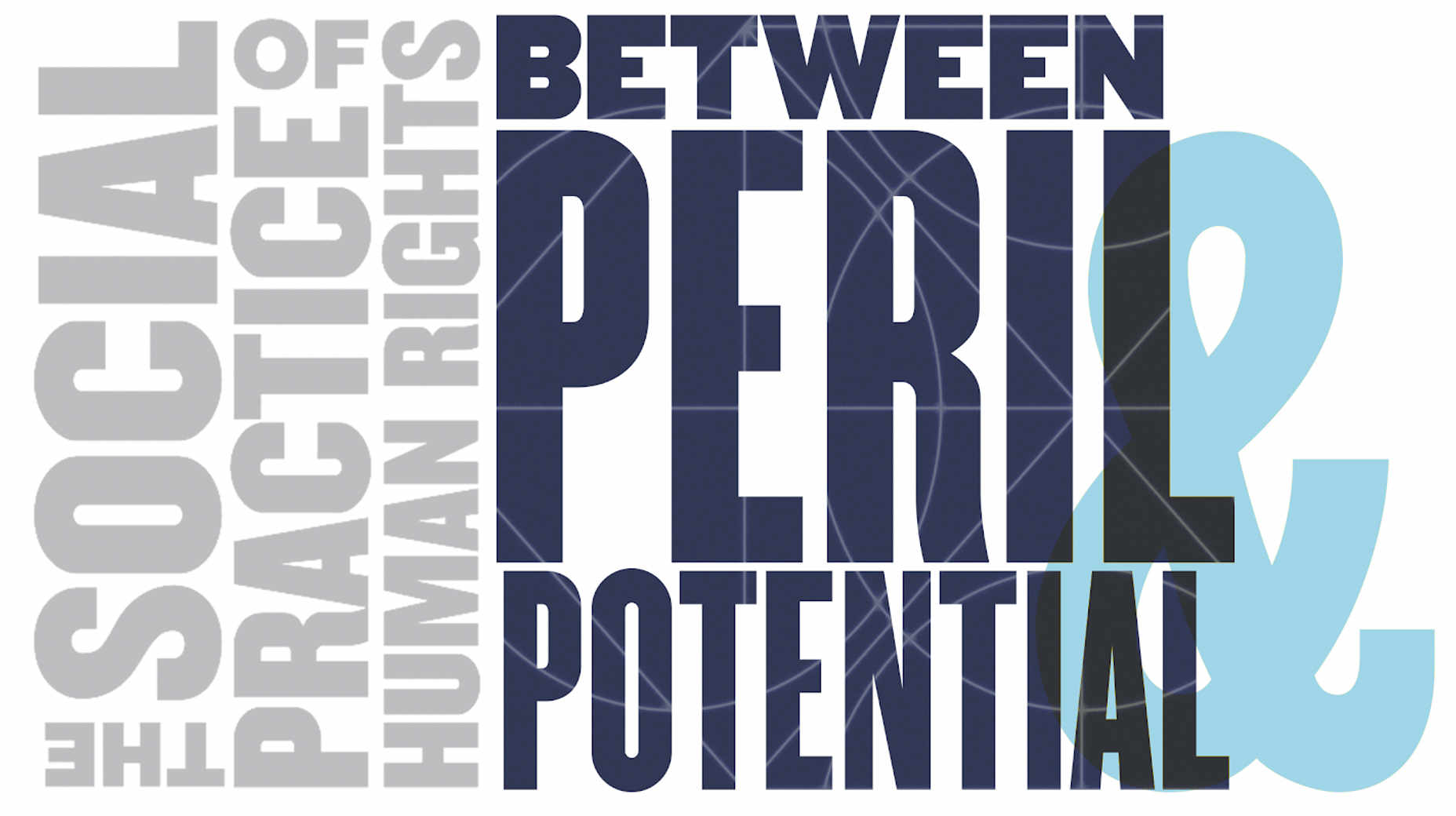Start Date
12-3-2021 4:15 AM
End Date
12-3-2021 3:45 PM
Keywords
LGBT Rights, Rhetoric, Propaganda, Norm Diffusion
Abstract
How are counter-norms manufactured, and what are their components? Current literature on norm diffusion largely views the process as linearly progressive. In other words, norms progress towards greater inclusion. However, notable cases such as Russian President Vladimir Putin’s controversial use of traditional values in the UN Human Rights Council demonstrates a potential backlash to this progression. Building on our previous case study work of Russian anti-LGBTQ rhetoric and its spread to the United States, in this paper we examine the timing and content of anti-LGBTQ rhetoric using text analysis. This allows us to model the sequencing of messaging and whether certain framing becomes pervasive. Specifically, we aim to test whether anti-LGBTQ statements in Western facing Russian media precede and inspire American anti-LGBTQ narratives, or whether they follow and amplify existing anti-LGBTQ narratives.
Author/Speaker Biographical Statement(s)
Christopher Patane is a Lecturer in the Department of Political Science at Sam Houston State University, where he teaches and researches rhetoric surrounding human rights and political violence. Marc Polizzi is an Assistant Professor in the Department of Political Science and Sociology at Murray State University, where he teaches and researches human rights and transitional justice.
Norm Diffusion or Norm Backsliding? A Text Analysis of Anti-LGBTQ Rhetoric
How are counter-norms manufactured, and what are their components? Current literature on norm diffusion largely views the process as linearly progressive. In other words, norms progress towards greater inclusion. However, notable cases such as Russian President Vladimir Putin’s controversial use of traditional values in the UN Human Rights Council demonstrates a potential backlash to this progression. Building on our previous case study work of Russian anti-LGBTQ rhetoric and its spread to the United States, in this paper we examine the timing and content of anti-LGBTQ rhetoric using text analysis. This allows us to model the sequencing of messaging and whether certain framing becomes pervasive. Specifically, we aim to test whether anti-LGBTQ statements in Western facing Russian media precede and inspire American anti-LGBTQ narratives, or whether they follow and amplify existing anti-LGBTQ narratives.



